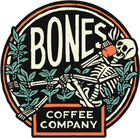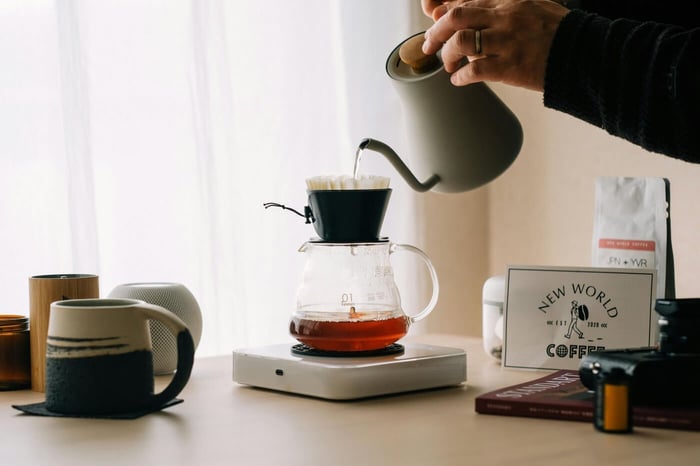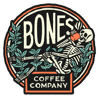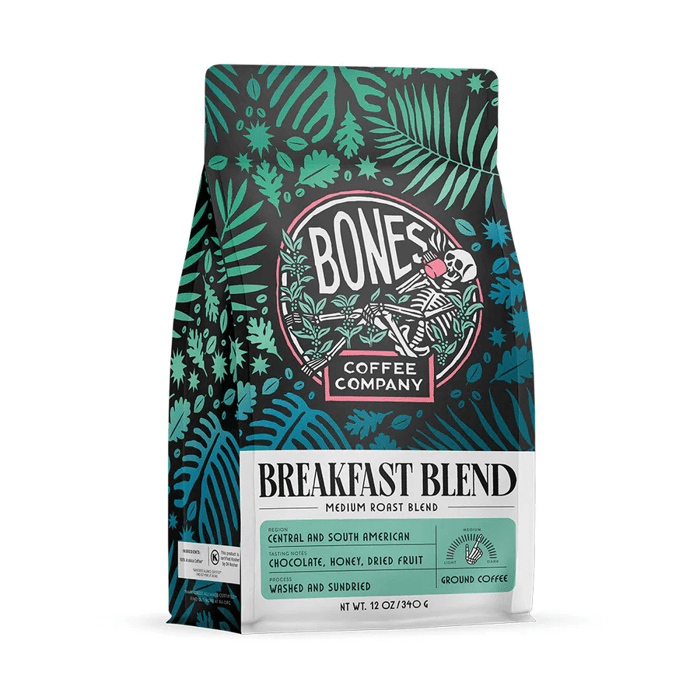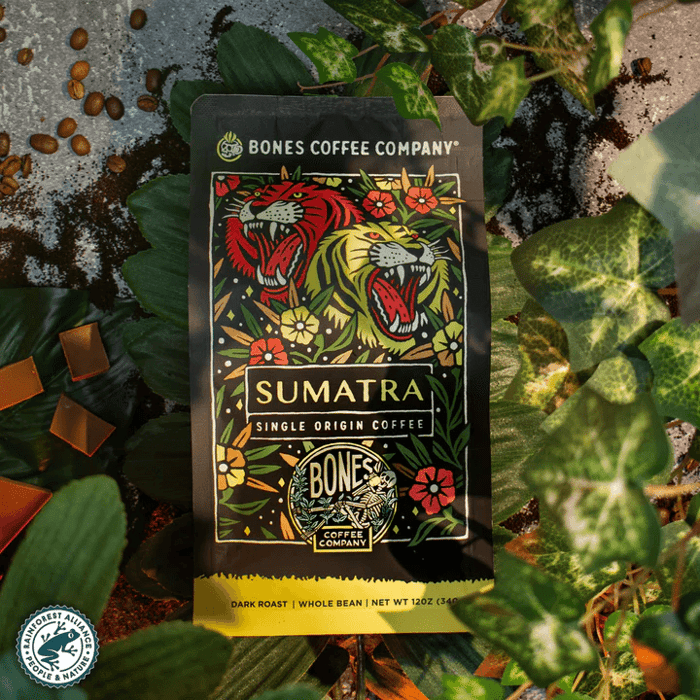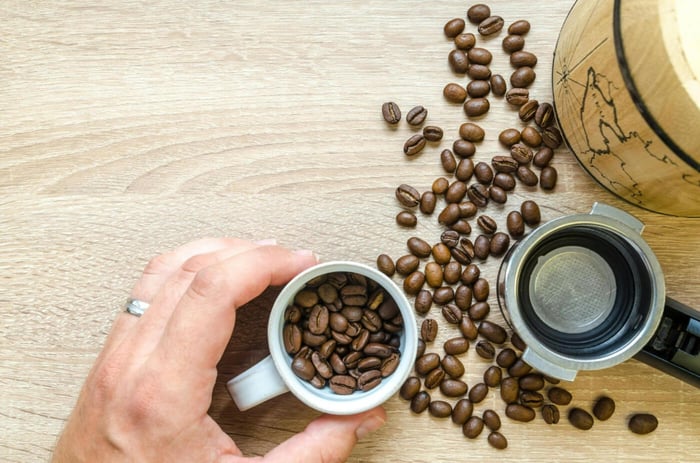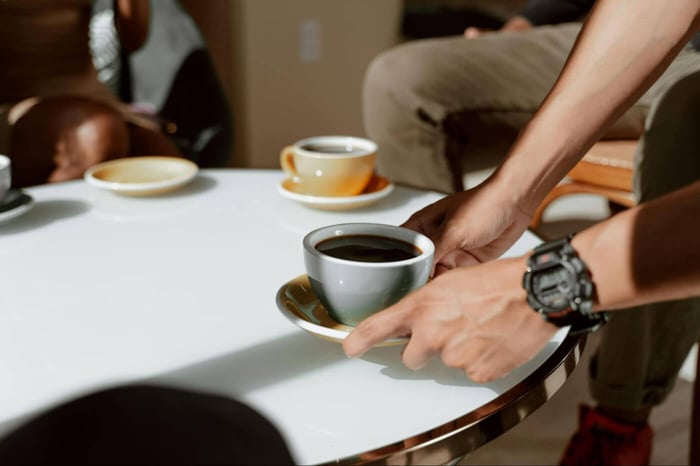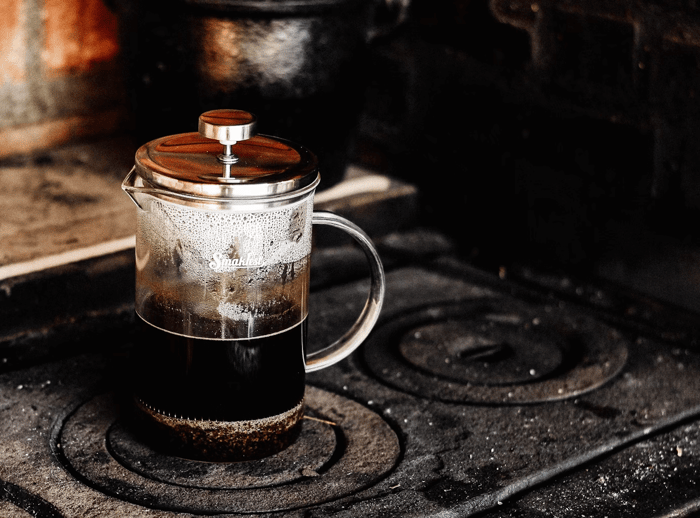Pour-over coffee, also known as hand brewing or manual brewing, is a method of coffee preparation that involves pouring hot water over coffee grounds housed in a filter.
If you want to learn how to make pour-over coffee, begin by understanding this basic concept: The water drains through the coffee grounds and paper filters into a carafe or mug, resulting in a flavorful and aromatic final cup.
This brewing method is favored by coffee enthusiasts worldwide for its precision. It gives you control over every variable in the brewing process, making it even better than drip coffee or French press. Learning how to make pour-over coffee allows you to fine-tune each aspect of the brewing process.
Compared to other techniques, pour-over coffee emphasizes the individual elements of coffee brewing.
Each aspect, from the type of coffee and grind bean size to the water temperature and pouring technique, can be adjusted to tailor a cup of coffee to your discerning palate perfectly. Learning how to make pour-over coffee helps bring out subtle bean characteristics often lost with automatic machines.
Pour-overs allow for customization that's hard to achieve with automatic brewers. It is often described as clean and vibrant, with a clarity that will enable the coffee's nuanced flavors to shine.
This contrasts with espresso, which produces a concentrated, bold flavor, or French press coffee, which tends to yield a heavier, more robust brew. Lighter roasts often perform exceptionally well with this method, as their delicate flavors are more easily discerned.
What Do You Need to Make Pour-Over Ground Coffee?
When brewing delicious coffee at any time of day, you need to use the proper brewing device for every step. To brew the perfect pour-over coffee ratio at home, you will need the right tools to manipulate every variable and step of the brewing process.
Pour-Over Coffee Maker
A cone-shaped brewer sits on top of your coffee mug or carafe. Some popular brands include the Hario V60, Chemex, and Kalita Wave. These are the same devices used in specialty coffee shops worldwide. Each of these can help you learn how to make pour-over coffee at home with precision and control.
Coffee Grinder
A burr grinder is recommended to grind coffee for the perfect pour-over coffee ratio. This grinder gives you control over the grind setting and consistently produces ground coffee of the same quality, which is crucial for extracting the right flavors from your beans.
Coffee Scale
A scale helps you measure the amount of coffee and water you need, ensuring consistency in the amount of coffee in your morning cup of Joe. Some scales even have a built-in timer to help you track your brew time.
Gooseneck Kettle
This type of electric kettle has a long, thin spout that allows you to control the speed and direction of your pour, which is essential for the pour-over method. It helps you add just enough hot water during the blooming phase and control the flow of the remaining hot water during the main pour.
Coffee Filters
You'll need a paper, metal, or cloth filter, depending on your chosen pour-over coffee maker. A paper filter results in a clean drink with no sediment, while metal filters allow more oils to pass through, resulting in a fuller-bodied brew.
Thermometer
While not necessary, a thermometer can help ensure your brew water is at the ideal temperature for brewing pour-over coffee, typically between 195 and 205 degrees Fahrenheit.
Coffee Beans
We recommend freshly roasted beans for the best coffee flavor. The type of beans you choose will depend on your taste preferences.
If your coffee tastes weak, switch up your beans or measure a different pour-over coffee ratio. A 1:16 ratio of coffee to water is a good starting point.
Serving Carafe or Mug
You'll need a carafe or mug to hold the brewed coffee. Some pour-over coffee makers have a matching carafe, perfect for brewing a single cup or larger batches.
While these tools can enhance your coffee brewing experience and the quality of your coffee, you can still make the perfect cup of pour-over coffee with just a coffee maker, coffee, and hot water. As you become more experienced in making pour-over coffee and want to refine your technique, you can invest in additional equipment.
How to Choose the Right Coffee Beans and Grind Size
Choosing the right beans and grind size is one of the most important steps to make the perfect pour-over coffee ratio. When you master your knowledge and sourcing of beans, you'll be able to enjoy a mind-blowing cup every time.
When buying coffee beans for pour-over brewing, it's important to get high-quality, freshly roasted beans. The roast level can vary based on personal preference, but medium to light roasted coffees are often favored for pour-over coffee due to their ability to highlight the unique flavors and characteristics of the coffee's origin.
Here are some factors to consider when choosing coffee whole beans:
Origin: The geographical origin of the coffee can influence the flavor profile. For instance, African coffees are often fruity and wine-like, while Latin American coffees tend to have a balanced flavor with nutty or chocolatey notes.
Roast date: Freshness is key when it comes to coffee. Look for fresh beans roasted within the past two weeks.
Roast level: Medium to light roasted coffees are typically recommended for pour-over coffee. Light roasts allow the coffee's inherent flavors to shine, while medium roasts balance the coffee's natural flavors and those developed during roasting.
The grind size is another critical factor in pour-over brewing. When making pour-over coffee, it's best to grind your own beans to a consistent, medium-fine size. The ground coffee size affects the coffee's extraction rate.
A finer grind results in a slower extraction and a stronger brew, while a coarser grind leads to a faster extraction and a weaker brew. If your coffee tastes under-extracted, you may need to grind finer to improve the extraction.
If pre-ground coffee is the only option available, aim for a grind size similar to granulated sugar. However, pre-ground coffee may not provide the same freshness and flavor complexity as freshly ground coffee.
FYI: If you want a bold, authentic twist to your coffee, try it with the bold new flavored coffee blends from Bones Coffee. Brewing it with the pour-over method is the way to bring out the powerful flavor notes and aromas. It's like having a coffee trip—seriously. |
How to Make Pour-Over Coffee the Right Way
First, you must get the measurements right. The coffee-to-water ratio and the water temperature can impact the taste and quality of the final brew.
The standard pour-over coffee ratio is 1:15 to 1:17, meaning you should use 15 to 17 grams of water for every gram of coffee. However, this ratio can be adjusted based on personal preference. Water temp
If you prefer a stronger, more robust cup of coffee, consider a 1:14 ratio. Conversely, if you prefer a lighter, more delicate flavor, a 1:18 ratio might be more suitable. The table below summarizes the ratios you should use for different strengths of pour-over coffee.
Coffee Strength | Coffee (grams) | Water (milliliters) | Ratio |
Mild | 15 | 250 | 1:16.7 |
Medium | 18 | 300 | 1:16.7 |
Strong | 20 | 300 | 1:15 |
The National Coffee Association recommends a temperature range of between 195 to 205 degrees Fahrenheit (90.5 to 96.1 degrees Celsius). Water at this temperature is hot enough to extract the coffee's flavors effectively without over-extracting and causing bitterness.
If your coffee is still too bitter after adjusting the water temperature, consider adding a pinch of fine sea salt to reduce the bitterness. It works!
Master the Pouring Technique
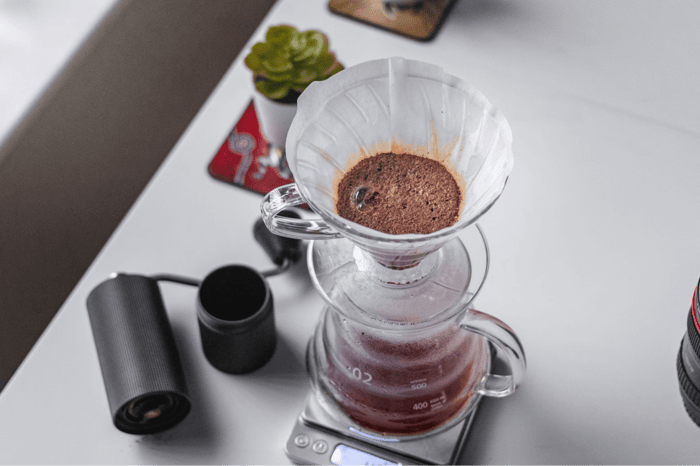
The pouring technique is critical to brewing pour-over coffee. It not only determines the coffee's extraction rate but also significantly influences the flavor profile of the final brew.
The first step in mastering the pouring technique is understanding the two main stages of the pour: the bloom and the pour itself.
1 - The Bloom
This is the initial stage of pre-wetting your grounds, where you first introduce hot water to the coffee grounds. The goal is to saturate all the coffee grounds evenly, which allows the coffee to release carbon dioxide. This is the “bloom” effect.
Typically, the amount of water used in this stage is twice or three times the weight of the coffee. For instance, if you're using 20 grams of coffee, you'll want to use 40–60 grams of water for the bloom. The bloom should last 30 to 45 seconds and cover the whole coffee bed.
Note that the amount of degassing depends on the age of the beans. Freshly roasted coffee beans have the most gas, while those on the shelf for a week or so will have lost some carbon dioxide.
2 - The Pour
After the bloom, the rest of the water is poured slowly, steady stream. The aim is to maintain a consistent water level in the brewer throughout the process.
This stage should be done circularly, starting from the center and moving outwards, avoiding pouring directly onto the filter. The total brew time, including the bloom, should be 2.5 to 3 minutes for a single serving.
Here are some additional tips to perfect your pouring technique:
Use a gooseneck kettle: This electric kettle offers superior control over the speed and direction of the water flow, making it easier to saturate all the coffee grounds evenly. Every barista who knows how to make coffee swears by it.
Maintain a steady pour: A steady, slow pour helps to ensure a consistent extraction. The water flow rate should be enough to keep the brewing process going, but not so fast that it rushes through the coffee grounds.
Avoid pouring onto the filter: Pouring water directly onto the paper filter can lead to under-extraction as the water may bypass the coffee grounds. Always aim to pour onto the coffee, not the filter.
Mind the brew time: The total brew time can affect the taste of your coffee. If your brew time is too short, your coffee may taste sour due to under-extraction. If it's too long, over-extraction may make your coffee taste bitter. Adjust your pour speed accordingly to hit the ideal brew time.
Fixing Common Pour-Over Coffee Problems
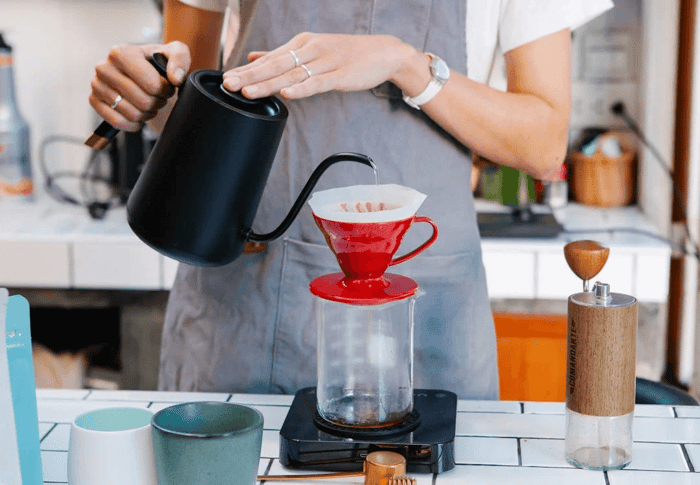
Learning how to make pour-over coffee is as much an art as it is a science. It requires precision, patience, and practice. However, even the most experienced baristas can encounter issues affecting the final brew's taste and quality.
For instance, the brewing time and process vary depending on your pour-over device. The table below summarizes the brewing times for the four most common brewing devices.
Pour-Over Device | Suggested Brew Time | Notes | Ratio |
Chemex | 4-5 minutes | Ideal for brewing coffee in large quantities | 1:16.7 |
Hario V60 | 2-3 minutes | Great for highlighting floral and fruity notes | 1:16.7 |
Kalita Wave | 3-4 minutes | Offers a balanced extraction due to a flat bottom | 1:15 |
Bee House | 3-4 minutes | Forgiving brewer with less risk of over-extraction | 1:15 |
As a beginner how to make pour-over coffee, here are some common problems you may experience and their solutions:
Problem: Coffee is too bitter
Cause: Over-extraction from excessive contact time between water and the coffe grounds.
Solution: Grind the coffee coarser or pour water faster to reduce brew time.
Problem: Coffee tastes too weak or watery
Cause: Under-extraction due to insufficient contact time between water and the coffee grounds.
Solution: Grind the coffee finer or ensure water is poured slowly to increase brew time.
Problem: Coffee has a sour taste
Cause: Under-extraction or too low water temperature doesn't extract enough from the coffee.
Solution: Increase water temperature, allow longer brewing time, or grind the coffee finer.
Problem: Coffee is not hot enough
Cause: Inadequate preheating of brewing equipment.
Solution: Ensure water is heated to 195-205°F. Preheat your coffee mug and pour-over equipment with hot water before brewing.
In addition to these, you can learn some insider tips and tricks from your local coffee shop to elevate your brewing experience. We'll share a few below.
Tips and Tricks for Brewing the Perfect Cup of Pour-Over Coffee
Brewing the perfect cup of pour-over coffee is an art that requires precision, patience, and practice. You don't have to be a coffee snob to follow these golden rules.
Use Freshly Roasted Beans
Coffee beans are at their peak flavor within two weeks of completing the roasting process. Using freshly roasted beans can significantly enhance the taste of your pour-over coffee.
My husband went from the cheapest coffee at the supermarket to Bones when I bought him a gift of your coffee years ago. Now, we only drink Bones. It is the best!
- Beth K.
Invest in a Good Burr Grinder
A burr grinder provides a consistent grind size, which is crucial for the extraction process in pour-over brewing. Inconsistent coffee grounds can lead to uneven extraction, resulting in a cup of coffee that's either too bitter or weak.
Maintain a Steady Pour
Aim for a steady and slow pour to wet the coffee bed when pouring the water. This ensures that the coffee grounds are evenly saturated, producing a more balanced extraction.
Mind the Water Temperature
The ideal temperature for pour-over coffee is between 195 and 205 degrees Fahrenheit. Too hot and you risk over-extraction; too cool and you'll under-extract the coffee, which can affect the flavor.
Clean Your Equipment
Coffee can leave behind oils and residue that build up over time and impact the taste of your brew. Regularly cleaning your equipment can help maintain the pure taste of your coffee.
Rinse the Filter Paper
Before you add coffee, rinse the paper filter with hot water. This helps remove any paper taste and preheats the brewer, ensuring a consistent brewing temperature.
Experiment With Grind Size
Depending on the coffee beans and their freshness, baristas may adjust the grind size to achieve the optimal extraction. Finer coffee grounds can slow the water flow for a stronger brew, while a coarser grind can speed it up for a lighter one.
Use Filtered Water
The quality of water used can significantly impact the taste of the coffee. Baristas often use filtered water with a balanced mineral content to produce the best flavors for a delicious coffee.
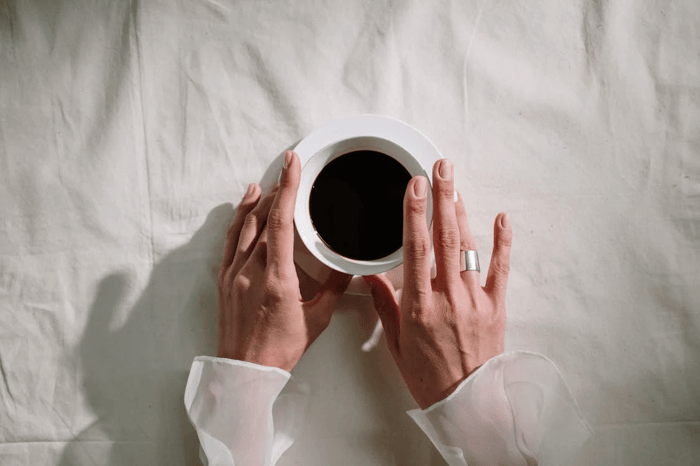
Cherish the Grind
Now that you know how to make pour-over coffee, you have everything you need to elevate your daily coffee ritual at home. No more coffee shops. This simple yet precise method puts you in control, allowing you to fine-tune every element from grind size to pour rate for a clean, flavorful cup.
Are you ready to embrace the grind—both literally and figuratively—to master the nuanced art of pour-over coffee? This method rewards patience and precision, offering a richly rewarding experience to those willing to invest the time and effort into perfecting their cup.
To maximize the experience, use only the highest quality whole bean coffee from Bones Coffee. We have the most unique flavors, with bold blends that will jump out in pour-over coffee. Try some now—what are you waiting for?
